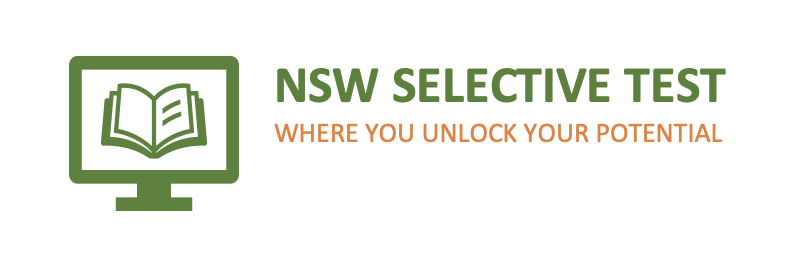The Thinking Skills test checks how well you can solve problems and think carefully. It includes questions requiring verbal, spatial and numerical reasoning.
There are different kinds of questions in this test, so let’s explore each one! Flip each card to learn more.
Types of questions are grouped as follows:
- Identifying similarity
- Finding procedures
- Evaluating evidence
- Evaluating reasoning
- Identifying mistakes
- Logical analysis
Information or data is typically presented in more than one way, for example, charts, tables, rotations, reflections, and so on. You need to recognise the logical relationships between these and identify any similarity in the data they represent.
You’re given some factual information and you need to work out a procedure that allows you to answer the question using the limited information. The procedure will involve more than one step and there is often more than one way to achieve the correct answer.
A simple argument is given to you, with one or more reasons offered in support of a conclusion. 4 extra reasons are given and you are asked to work out which reason would strengthen (or weaken) the argument.
Some factual information is given to you, where two characters attempt to make valid deductions. You must work out which of the two deductions is valid: which of the claims would have to be true if the information presented were true.
One or more factual statements are given to you, followed by a claim from a character. You need to choose which of the four options best illustrates why the character is wrong.
A logical challenge is given to you, and you need to reason about the truth values of a small number of simple statements, or to make deductions from the information given.

